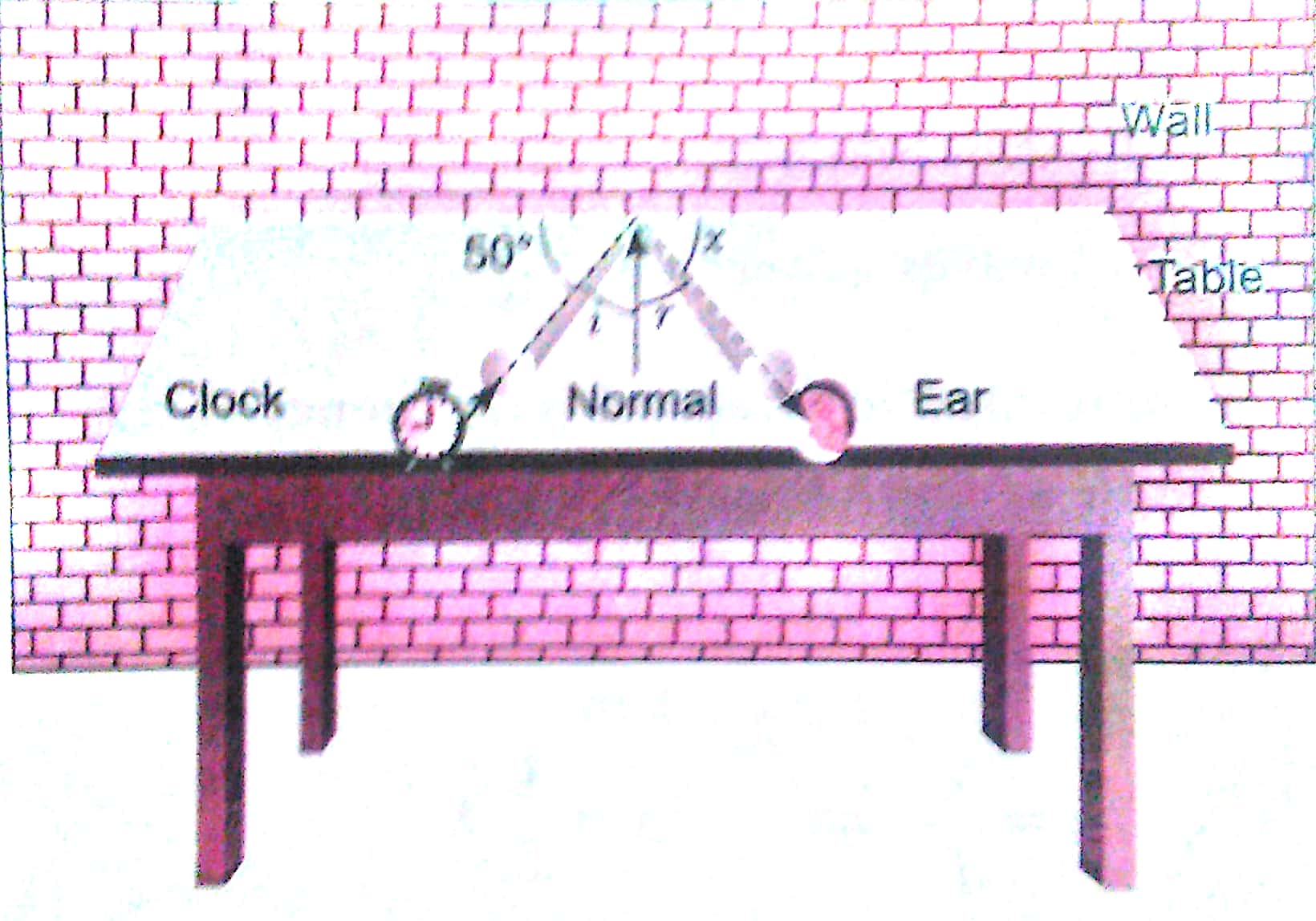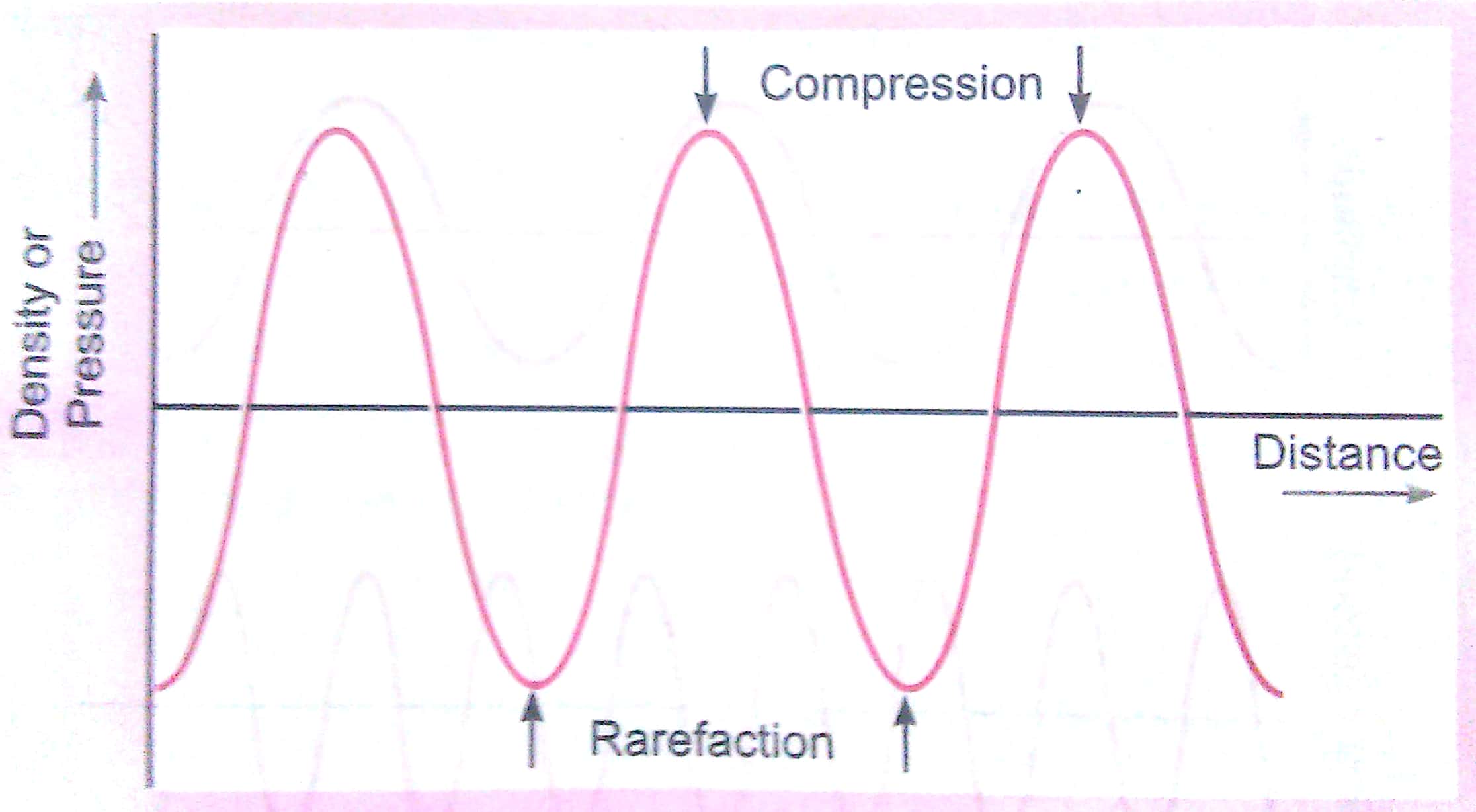Short Answer Questions – I - 2 Marks
Q1. Draw a graph for a wave representing wave disturbance and time for a sound changing from low pitch to high pitch, keeping the amplitude of the sound same.
Ans.

Q2. What are longitudinal waves? Give two examples.
Ans. The waves in which the particles of medium oscillate to and fro from their mean position in the direction of propagation of waves are called longitudinal waves.
Examples:
(i) Sound waves in air.
(ii) The waves which travel along the spring (or slinky) when it is pushed and pulled at one end.
Q3. What are transverse waves? Give two examples.
Ans. A wave in which the particles of the medium vibrate up and down at right angles to the direction in which the wave is moving.
Examples:
(i) The waves produced by moving one end of a long spring (or slinky) up and down rapidly.
(ii) Ripples formed on the surface of water in a pond.
Q4. Explain the terms crests and troughs of a wave.
Ans. The elevation or hump in a transverse wave is called crest. It is that part of the transverse wave which is above the line of zero disturbance of the medium.
The depression or hollow in a transverse wave is called trough. It is that part of the transverse wave which is below the line of zero disturbance.
Q5. What is a stethoscope? Name the principle on which a stethoscope works.
Ans. Stethoscope is a medical instrument used for listening sounds produced within the body, chiefly in the heart or lungs. Stethoscope works on the principle of multiple reflection of sound.
Q6. Why do we hear the sound produced by the humming bees while the sound of vibrations of pendulum is not heard?
Ans. Humming bees produce sound by vibrating their wings which is in the audible range. In case of pendulum, the frequency is below 20 Hz which does not come in the audible range.
Q. 7. For hearing the loudest ticking sound heard by the ear, find the angle in the figure.

Ans. According to the laws of reflection, = 
So = 90°- = 90°- 500 = 400
Q. 8. Draw a curve showing density or pressure variations with respect to distance for a disturbance produced by sound. Mark the position of compression and rarefaction on this curve. Also define wavelengths and time period using this curve.

Ans. Wavelength is the distance between two consecutive compressions or two consecutive rarefactions. Time period is the time taken to travel the distance between any two consecutive compressions or rarefactions from a fixed point.

